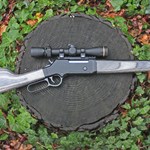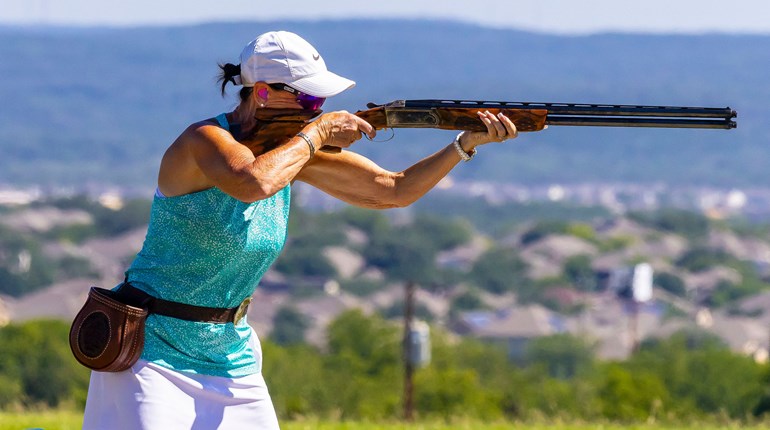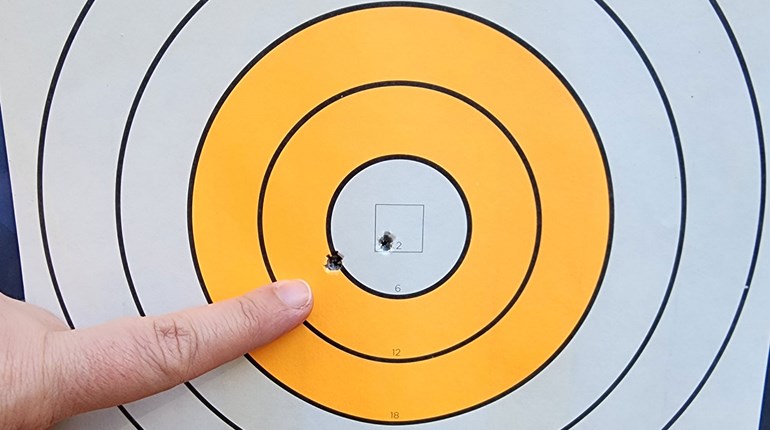
We’re an anxious society, and getting worse. Some of us, more often women, need something to fret over or worry about. And some of us in the self-defense community can get so wrapped up in “condition yellow” and “threat assessment” and all the things we talk about that we end up worried about safety all the time, and if you’re not careful, this can lead to living in fear. This is no way to live, so here’s the truth: Anxiety is a very real thing, but it’s not the same as fear.
We tend to get the words mixed up (and even the dictionary definitions are somewhat muddled), but real fear is different from anxiety. Real, true fear is a response to a real, true threat or at least a perceived threat. Anxiety is a response to potential-but-not-yet-real threats.
Fear will save your life because it will alert you to danger. Anxiety can ruin your life because if it’s allowed to run amuck, it can keep you constantly adrenalized, amped up and worried over things that might happen but aren’t actually happening now. Sometimes the symptoms and the way fear and anxiety manifest themselves are similar, but the point is, we want you to feel fear when it’s warranted but not feel anxiety when there’s nothing to truly be afraid of. I’m not suggesting that you’re fully in control of it, but anxiety is a waste of time and energy. Fear is not—it’s an important biological signal.
The trick is to learn the difference so you can harness the power of fear when it’s needed and work on letting go of your anxieties over things that aren’t actually current threats. If you “fear” (feel anxiety over) everything, then you dull your senses in a boy-who-cried-wolf way to the actual fear signals your body will send you when there’s a real threat.
Gavin de Becker, in his excellent book on this topic called The Gift of Fear, puts it this way: “Fear is not an emotion like sadness or happiness, either of which might last a long while. It is not a state, like anxiety. True fear is a survival signal that sounds only in the presence of danger, yet unwarranted fear has assumed a power over us that it holds over no other creature on earth.” This about it in the context of animals. The rabbit fears the fox when there’s actually a fox nearby. It does not hide in its hole its entire life too anxious to step outside because there are foxes in the world, somewhere. The rabbit just lives its life and trusts its fear signals when it actually is in the presence of a threat worth fearing.
True fear signals come from your subconscious brain (intuition) piecing together bits of information you might not have even registered. If you let yourself feel fearful of every man you encounter on every sidewalk every day, you’ll make yourself nuts, and your body becomes so saturated with false fear (anxiety) that one day when you encounter a man who actually does give off danger signals, you are more likely to register it as just another man to be afraid of like all the rest—even though this time, it’s for real. You have wasted your fear signals by creating anxiety when there was no reason for it.
This makes condition yellow somewhat tricky. You don’t want to live worried that a bad guy could jump out from behind every street corner. Condition yellow isn’t constantly “head on a swivel” scanning everything for threats. It’s just being aware of what’s going on around you; keeping an eye on who’s around you and what’s up ahead. When you let yourself just observe and not actively search for threats everywhere, you’ll be more prepared to receive your body’s real fear signals when there’s actually a reason for them. “Ideally, when there is fear, we look around, follow the fear, ask what we are perceiving,” de Becker writes. “If we are looking for some specific, expected danger, we are less likely to see the unexpected danger.” He urges women to pay “relaxed attention” to their environment rather than conjuring up potential threats in their imaginations and then looking for those threats to manifest.
When you can use true fear properly as a real survival signal, as nature intends it to be used, you can let go of the stuff that’s giving you anxiety and trust that your body will let you know when there’s something you really do need to be afraid of. De Becker’s book lists two rules about fear that can be very helpful in learning to use true fear properly:
“1. The very fact that you fear something is solid evidence that it is not happening.” You don’t fear what’s happening; you fear what might come next. The rabbit doesn’t fear being chased by the fox while it’s running. It doesn’t have time to waste on fear and emotion, for one thing, but what it really fears is what hasn’t happened yet: It fears getting caught by the fox. Real fear in the presence of danger is fear of what might happen next. If that thing does happen, you stop fearing it and start responding to it.
“2. What you fear is rarely what you think you fear—it is what you link to fear.” Real fear is in the presence of danger or is linked to pain or death. De Becker recommends following the fear to its destination (if it goes there at all). “When we focus on one link only, say, fear of someone walking toward us on a dark street instead of fear of being harmed by someone walking toward us on a dark street, the fear is wasted. That’s because many people will approach us—only a very few might harm us.”
So Which Is It?
There are two main clues to tell if you’re feeling fear or just anxiety. First, is there a present danger linked to death or pain (fear) or a potential, hypothetical, future danger (anxiety)? Fear is caused by a genuine threat; anxiety is caused by uncertainty. Second, are you energized to do something (fear) or paralyzed (anxiety)? Worrying or being anxious about something does not lead to solutions, whereas fear will drive you to act, to manage or respond to the danger. Anxiety and worrying waste your time and cloud your thinking. Fear clears your mind to focus on one thing—escaping from or stopping the threat. To say that worrying is a choice grossly oversimplifies the very real problem some people have with anxiety, but this problem might be manageable for you (at least as it relates to your personal safety) once you learn to recognize what’s fear and what’s worry.
If you struggle with safety-related anxiety and worry, remind yourself that you’re feeling false fear of something that doesn’t currently exist. You are not in danger. For me, facts help me manage my false fear/anxiety about safety. The Gift of Fear is a great place to start learning about what you’re in danger from and what you really aren’t, but looking up facts and figures on crime in your area and your demographic can help you, too. If you spend all night awake worrying that someone will kidnap your child if you allow them to play in the front yard unattended, it might help ease your worry to look up the stats and find that the last time a child was abducted by a stranger in your county was in 1983.
Start practicing trusting your gut (intuition). Going with your gut on small-stakes decisions will, over time as your gut turns out to be right, teach you to better trust your intuition on higher-stakes decisions like real fear signals. When you can trust your body to send you fear signals, you can let go of the anxiety because you know you’ll be alerted when you need to be.














































